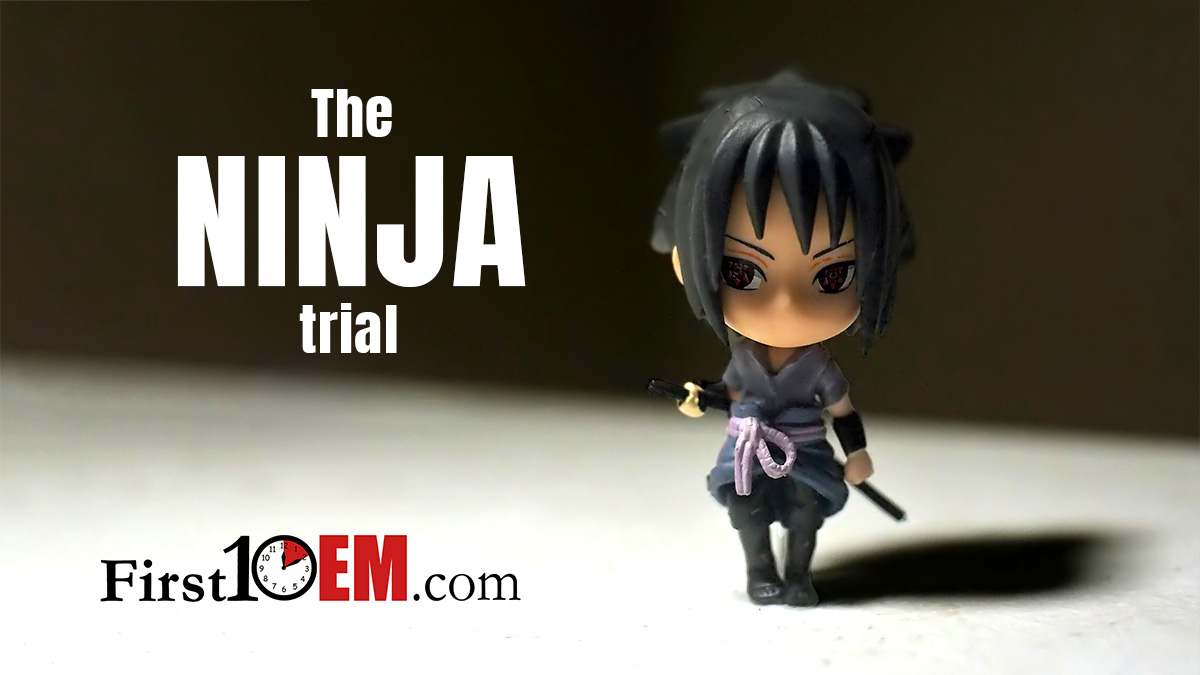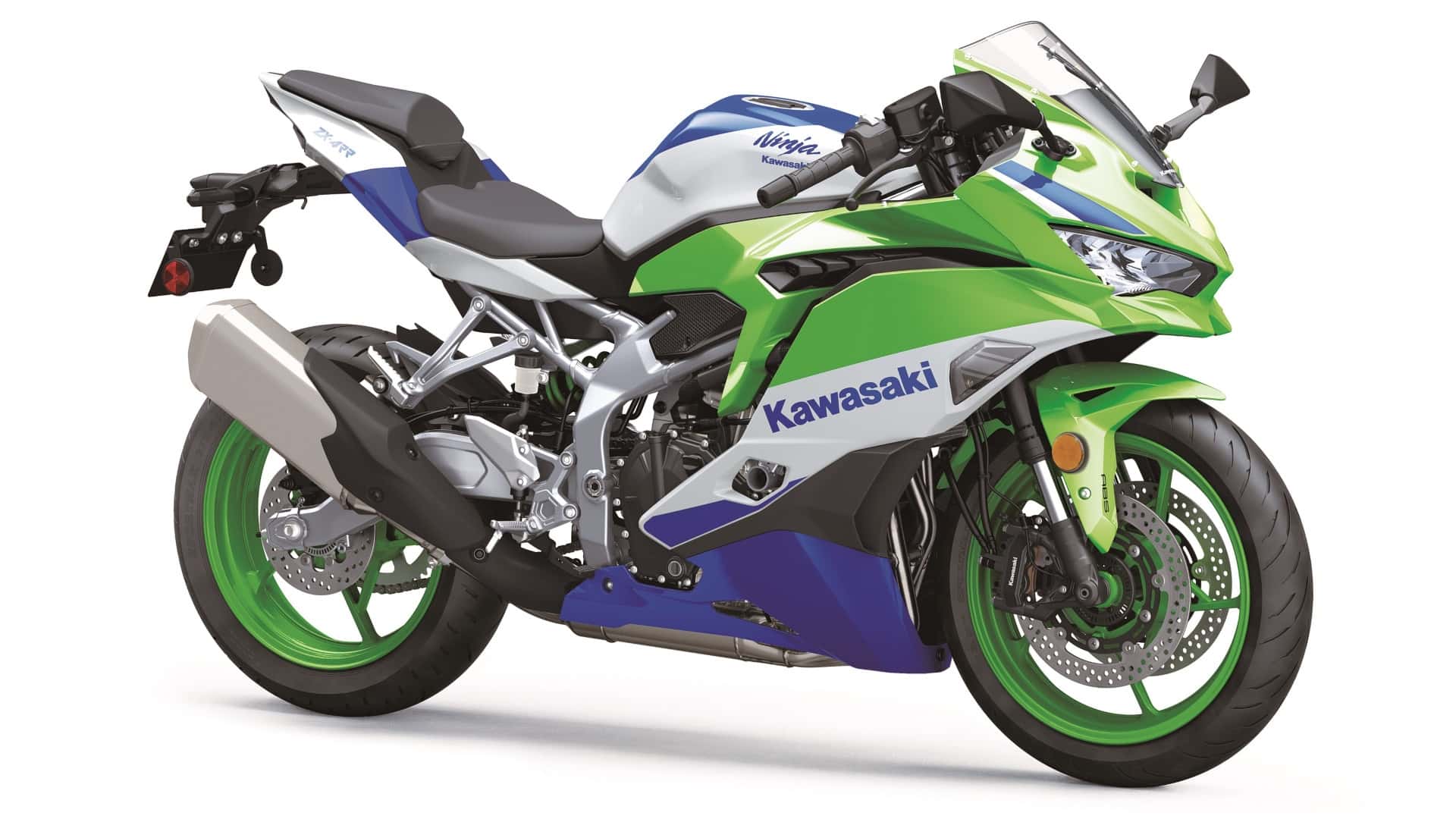Morgenstern, J. The NINJA trial: Do you replace the fingernail after nail bed repair?, First10EM,
February 19, 2024. Available at:
https://doi.org/10.51684/FIRS.134021
Nail bed injuries aren’t quite common enough to cause the same debates as TXA, or IV antibiotics, or tPa, but talk to 10 different emergency doctors and you are likely to get 10 different opinions about the management of these injuries. Therefore, even though the NINJA study doesn’t answer the most important question (in my mind), the fact that we have a large multicenter RCT looking at nail bed injuries means that it is a paper we should talk about.
The paper
The NINJA trial: Jain A, Greig AVH, Jones A, Cooper C, Davies L, Greshon A, Fletcher H, Sierakowski A, Dritsaki M, Nguyen TTA, Png ME, Stokes JR, Dakin H, Cook JA, Beard DJ, Gardiner MD; NINJA Collaborative. Effectiveness of nail bed repair in children with or without replacing the fingernail: NINJA multicentre randomized clinical trial. Br J Surg. 2023 Mar 30;110(4):432-438. doi: 10.1093/bjs/znad031. PMID: 36946338
The Methods
The NINJA (Nail bed INJury Analysis) trial was a multicentre pragmatic RCT from 20 hand surgery units in the United Kingdom.
Patients
Children less than 16 years old with a nail bed injury within 48 hours believed to require surgical repair. Patients were excluded if there were signs of infection, underlying nail disease or deformity to the affected or contralateral finger, distal phalanx fracture requiring fixation, amputation, or multiple nail bed injuries.
Intervention
Following repair of the nail bed, the fingernail was replaced and secured with a figure of eight suture, and a low adherent dressing was applied. If the nail could not be replaced, a substitute was chosen by the surgeon (usually foil).
Comparison
Following repair of the nail bed, the nail was discarded, and the wound was simply covered by a low-adherent dressing.
Outcome
They have “co-primary outcomes”, which really means they don’t have a “primary” outcome. The first outcome was surgical site infection between 7 and 10 days. The second outcome was the cosmetic appearance of the nail at final follow-up between 4 and 12 months based on the Oxford Fingernail Appearance Score (OFNAS), using the opposite hand as a reference. In case you aren’t using this score in your day to day practice, it is a 0-5 scale, with 5 being the best appearance. You get a point for the subjective appearance of each of: nail shape, nail adherence, eponychium, nail surface, and nail plate split.
The Results
The NINJA trial enrolled 451 patients (out of 884 screened), with a mean age of 6 years (and a relatively even split across age ranges. The majority of injuries were crush injuries, as expected. Most patients did receive the treatment they were randomized to, but there were more crossovers in the nail replacement group (6% vs 2%).
There were a total of 7 surgical infections. 5 occurred (2.2%) in the nail replaced group and 2 in the nail discarded group (0.9%). This was not statistically significant, but the numbers are clearly way too small to make definitive conclusions, and a doubling of the infection rate could be clinically important (although that really depends on how severe these infections were).
Essentially all patients had perfect cosmetic outcomes, with the scores being 5/5 in both groups. There were no statistical differences.
There also weren’t any statistical differences in any of the secondary outcomes, such as pain, satisfaction, or late infections.

My thoughts
This is a high quality study, and I think it pretty clearly demonstrates that if you go through the effort of repairing a nail bed injury, there is no point (and potential harm) in replacing the nail. However, it doesn’t address what I think is the more important question: is there any value in repairing nail bed injuries at all?
Obviously, there is huge variability in these injuries, and the ideal management might depend a lot on the specific injury pattern. However, the nail bed is usually held in place better by the overlying nail than it will be by sutures, so it really doesn’t make any sense to remove the nail just to put sutures in the nail bed.
Like many of our practices, there has never been any evidence of improved outcomes with suturing of nail bed injuries, and there is reasonable evidence that conservative management is more than adequate. For example, in one small pediatric RCT, simple trephination was compared with nail removal and subsequent nail bed laceration repair, and there were no differences in clinical outcomes, although cost was significantly higher in the repair group. (Roser 1999) Other observational data supports the contention that conservative management is just as good as active repair of nail bed injuries. (Seaberg 1991; Batrick 2003; Dean 2012) My practice has always been conservative. I never remove a nail just to examine the nail bed underneath. Causing more trauma and removing the natural splint makes absolutely no sense to me, and conservative practice is supported by the (admittedly limited) evidence.
It is also worth noting that if the nail is already off, or for some reason you really feel the need to repair the nail bed, there is evidence that glue is just as good as sutures. (Stanislas 1997; Strauss 2008; Edwards 2019; Chiche 2020) That has been my go to move (in the rare cases I do anything to the nail bed) for the last decade.
If you are unconvinced, and still want to repair nail bed injuries, there are a few critical appraisal points to consider about this paper. First of all, these patients were all managed by surgeons in hand surgery units, so it is not clear how the results generalize to emergency medicine. My guess is that replacing the nail would look worse in the hands of non-surgeons using less than perfect sterile technique.
Although it makes pragmatic sense, inclusion criteria that hinge on the clinician’s belief that a procedure is required always increase the potential for bias. Clinicians might pick and choose patients based on their preconceived notions about the procedure. For example, my understanding was that there has been evidence for a longtime that repairing nail be injuries is a waste of time, and so I might not have included a single patient in this trial.
Overall, this is a good study that demonstrates no value in replacing the nail after anil bed laceration repair.
Bottom line
This large multicentre RCT demonstrates that there is no value of replacing the nail after nail bed repair. However, most nail bed lacerations don’t need any intervention at all, which severely limits the value of this study for emergency medicine. I will continue using conservative management for almost all of these injuries, and skin adhesive for those in which the nail was removed by the injury itself.
Other FOAMed
Evidence based medicine is easy
Evidence based medicine resources
References
Batrick N, Hashemi K, Freij R. Treatment of uncomplicated subungual haematoma. Emerg Med J. 2003 Jan;20(1):65. doi: 10.1136/emj.20.1.65. PMID: 12533376
Chiche L, Jeandel C, Lyps C, Joly-Monrigal P, Alkar F, Louahem M’Sabah D, Cottalorda J, Delpont M. Fingertip nail bed injuries in children: Comparison of suture repair versus glue (2-octylcyanoacrylate) with 1-year follow-up. Hand Surg Rehabil. 2020 Dec;39(6):550-555. doi: 10.1016/j.hansur.2020.09.001. Epub 2020 Sep 9. PMID: 32919084
Dean B, Becker G, Little C. The management of the acute traumatic subungual haematoma: a systematic review. Hand Surg. 2012;17(1):151-4. doi: 10.1142/S021881041230001X. PMID: 22351556
Edwards S, Parkinson L. Is Fixing Pediatric Nail Bed Injuries With Medical Adhesives as Effective as Suturing?: A Review of the Literature. Pediatr Emerg Care. 2019 Jan;35(1):75-77. doi: 10.1097/PEC.0000000000000994. PMID: 27977531
Jain A, Greig AVH, Jones A, Cooper C, Davies L, Greshon A, Fletcher H, Sierakowski A, Dritsaki M, Nguyen TTA, Png ME, Stokes JR, Dakin H, Cook JA, Beard DJ, Gardiner MD; NINJA Collaborative. Effectiveness of nail bed repair in children with or without replacing the fingernail: NINJA multicentre randomized clinical trial. Br J Surg. 2023 Mar 30;110(4):432-438. doi: 10.1093/bjs/znad031. PMID: 36946338
Roser SE, Gellman H. Comparison of nail bed repair versus nail trephination for subungual hematomas in children. J Hand Surg Am. 1999 Nov;24(6):1166-70. doi: 10.1053/jhsu.1999.1166. PMID: 10584937
Seaberg DC, Angelos WJ, Paris PM. Treatment of subungual hematomas with nail trephination: a prospective study. Am J Emerg Med. 1991 May;9(3):209-10. doi: 10.1016/0735-6757(91)90077-w. PMID: 2018587
Stanislas JM, Waldram MA. Keep the nail plate on with Histoacryl. Injury. 1997 Oct;28(8):507-8. doi: 10.1016/s0020-1383(97)00050-8. PMID: 9616385
Strauss EJ, Weil WM, Jordan C, Paksima N. A prospective, randomized, controlled trial of 2-octylcyanoacrylate versus suture repair for nail bed injuries. J Hand Surg Am. 2008 Feb;33(2):250-3. doi: 10.1016/j.jhsa.2007.10.008. PMID: 18294549
Venkatesh A, Khajuria A, Greig A. Management of Pediatric Distal Fingertip Injuries: A Systematic Literature Review. Plast Reconstr Surg Glob Open. 2020 Jan 20;8(1):e2595. doi: 10.1097/GOX.0000000000002595. PMID: 32095403



